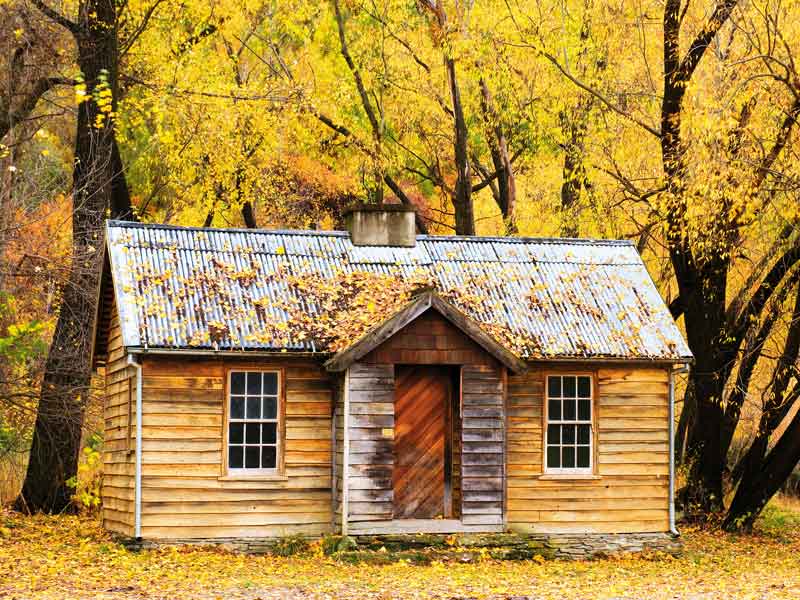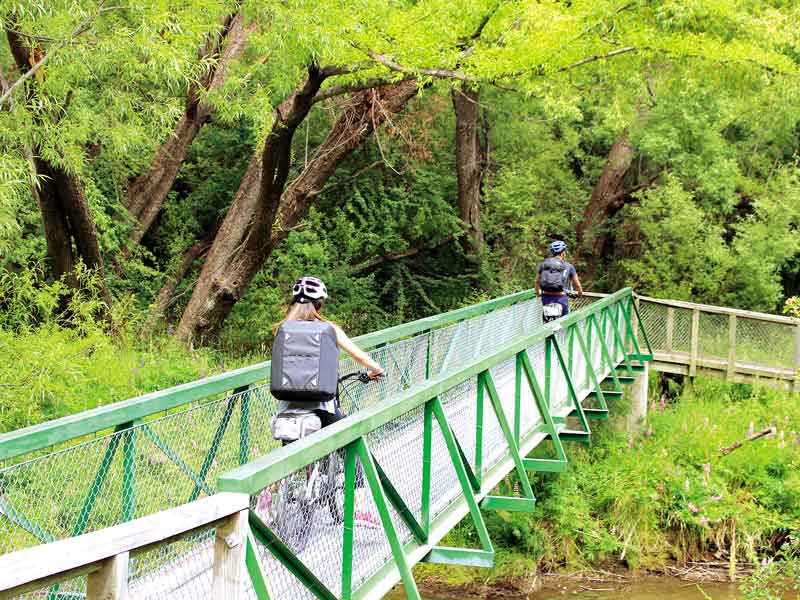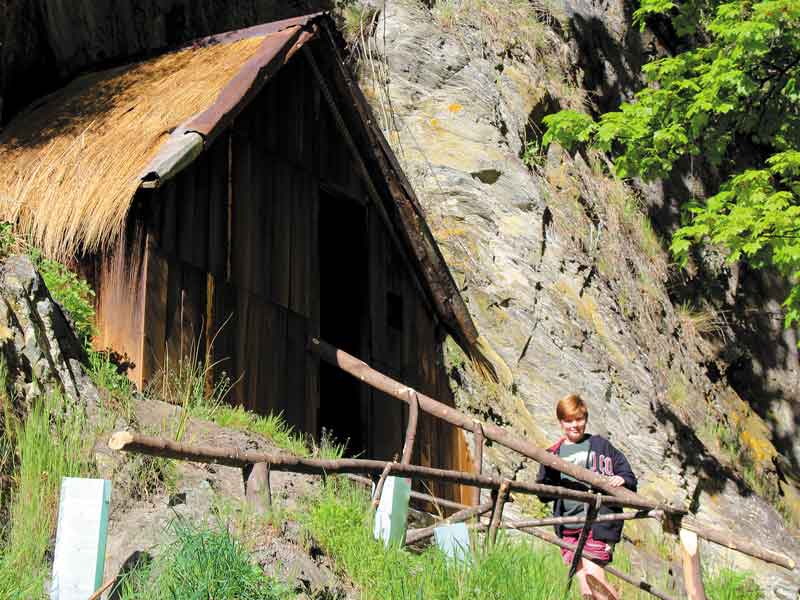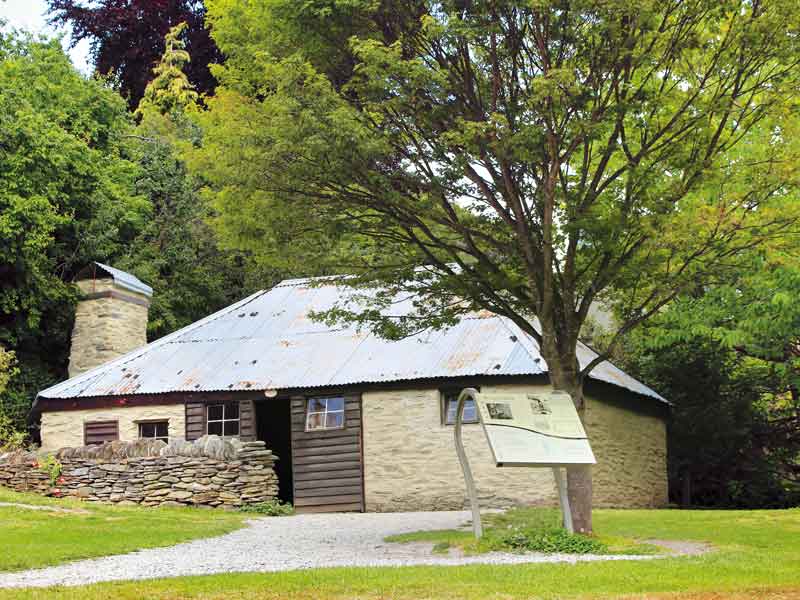There’s nothing like peering inside a dark, two by two-metre squared stone hut to make your own modest home seem like a mansion.
These were the conditions Chinese miners lived in when they settled in Arrowtown in the 1860s. It’s mind-boggling when you consider the extreme cold that blankets the area every winter.
A small slice of history
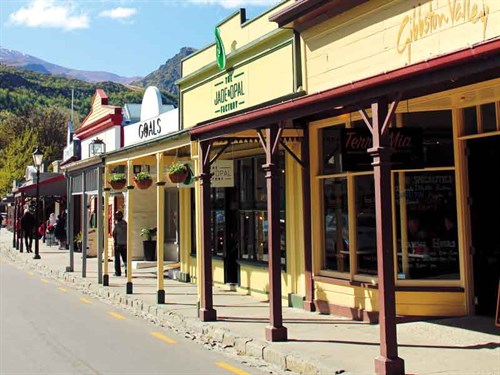
Arrowtown, in Central Otago, is just a 15-minute drive from Queenstown, but it is a world apart. It’s made up of a small collection of homes and holiday baches with a short main street bordered by quaint historic buildings, cafes offering decadent treats, and a lovely walking/cycle track along the river. Arrowtown is a wonderful wee place to get away from the busy streets of Queenstown.
A segregated settlement
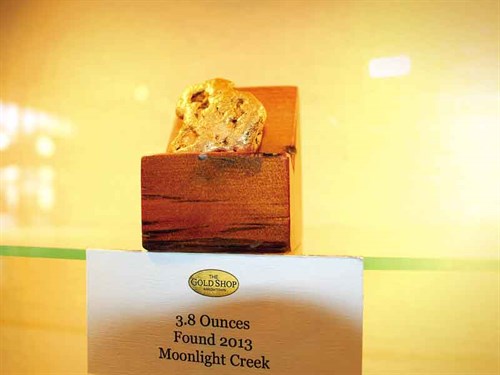
As with much of Central Otago, the history of the area is long and hard, centred around gold. Miners once came from across the globe seeking their fortunes in South Island gold. Among them were Chinese and one can experience the wonderfully restored remnants of the Arrowtown Chinese Settlement.
A short walk from the town centre takes you to the historic site of the Chinese mining settlement. Wandering through the settlement can take between 15 minutes and an hour, with detailed interpretation signs telling the fascinating and often tragic history.
Hard workers one and all
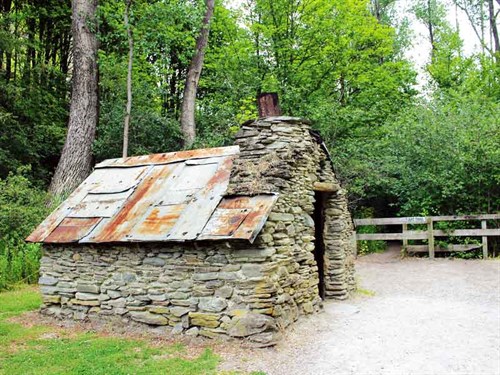
Between the late 1860s and the 1880s, Chinese gold seekers created camps and settlements across Otago and Southland. Many of them came from the Victorian goldfields in Australia, but others made the long and treacherous journey from China.
Most came from the Guangdong province looking to escape the poverty and politics that plagued the country. They planned to earn money and return home to family, but for many, this did not eventuate.
Around 8000 Chinese miners worked the goldfields of Central Otago and the West Coast. Unlike European miners, the Chinese worked as a team, often going over claims that had already been abandoned and procuring more gold from them.
Wandering along through the settlement is thought-provoking. From 30-plus degree temperatures in summer to sub-zero in winter, Central Otago is a region of extremes.
The minimalistic stone huts the Chinese miners once survived in seemed thoroughly inadequate even with a fireplace. Luckily, two larger buildings served as restaurants, stores, and social gathering places for the community.
Sadly, the Chinese miners were not welcomed by European miners and seen as competitors. They experienced harassment and were poorly treated by the government. In 2002, our government formally apologised to the Chinese community for these sins of the past.
Panning for gold
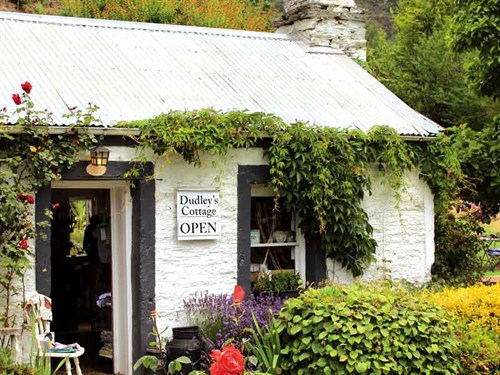
Adjacent to the Chinese settlement is Dudley’s Cottage, a beautiful historic cottage transformed into a cafe and gift shop.
It is also a destination for those wanting to try their hand at a bit of gold panning, with some guarantee of success.
Arrow river walk
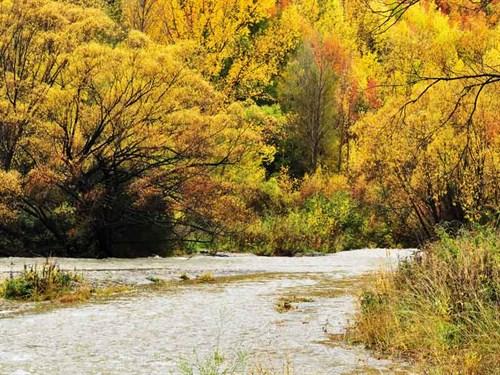
To commemorate 150 years of European settlement in Otago, the regional council developed a 4.2km loop on the Arrow River. This is a shared-use track and takes walkers and cyclists past another aspect of Arrowtown history—the Quartz Reef and mine sites.
Shaded by tall leafy trees, it’s a pleasant wander beside the river with several spots to stop and swim.
Gifts galore
Shops along the main street of Arrowtown have a decided focus on food and gifts. Whether you are in the market for high-quality woollens, decadent and exotic fudges, or a gorgeous piece of gold jewellery, Arrowtown has it covered and all within a short walk of each other.
Melting pot
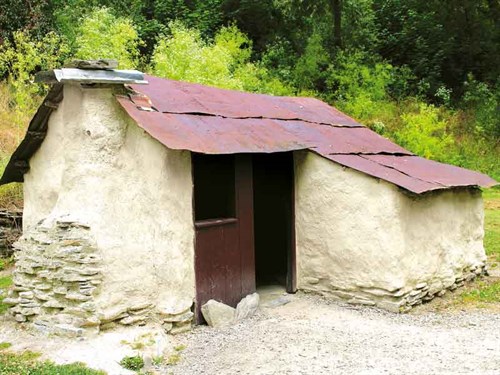
While Arrowtown offers plenty to fill in a day, it was the historic Chinese settlement that drew me back. It is one more reminder that New Zealand has been a great big melting pot since the early days of settlement. Our history is diverse and varied, with so much out there to discover.

